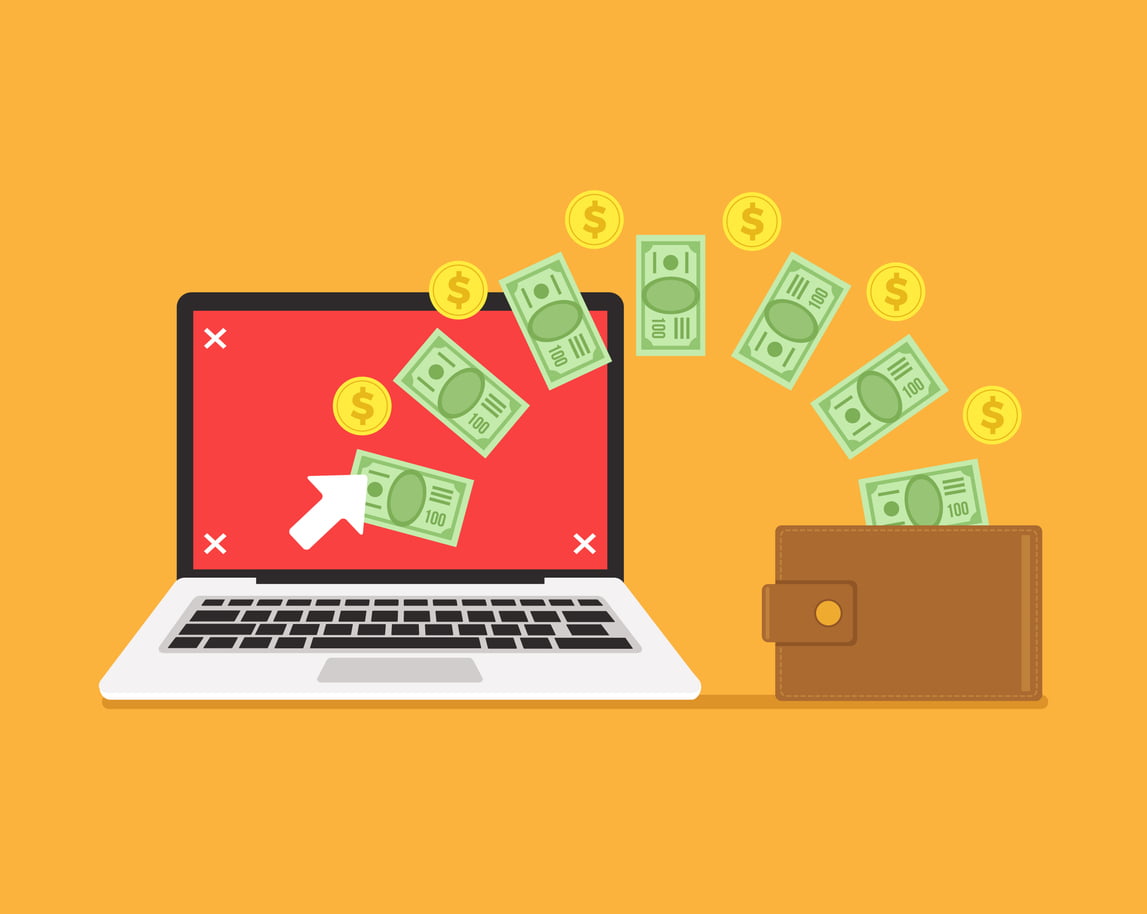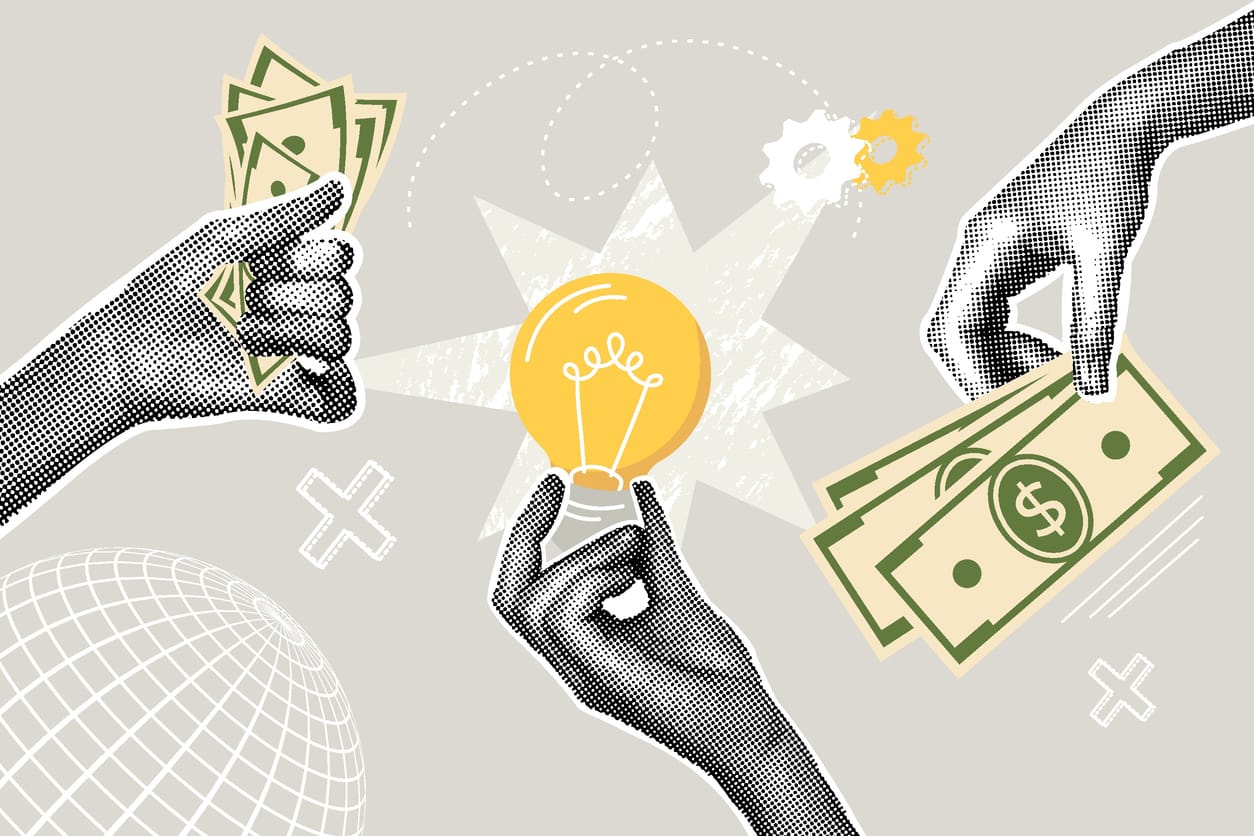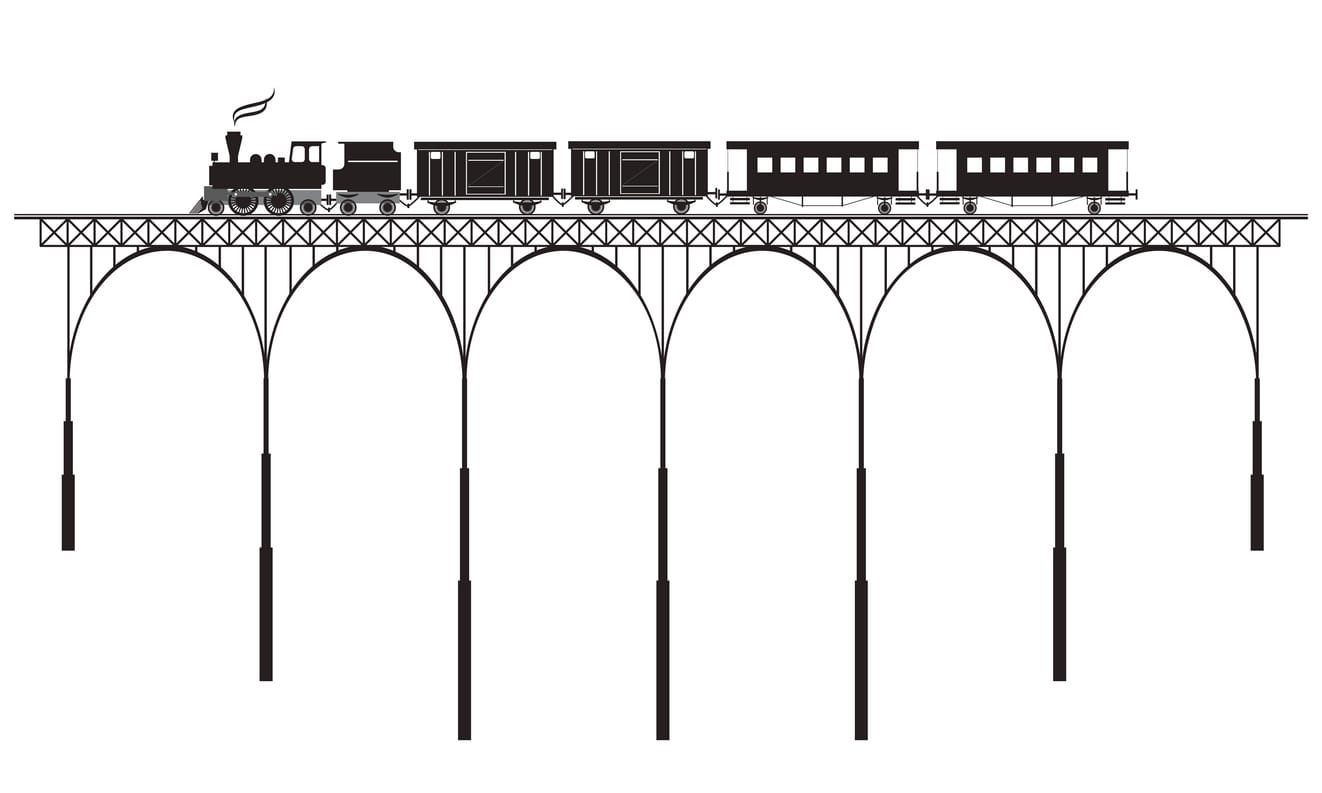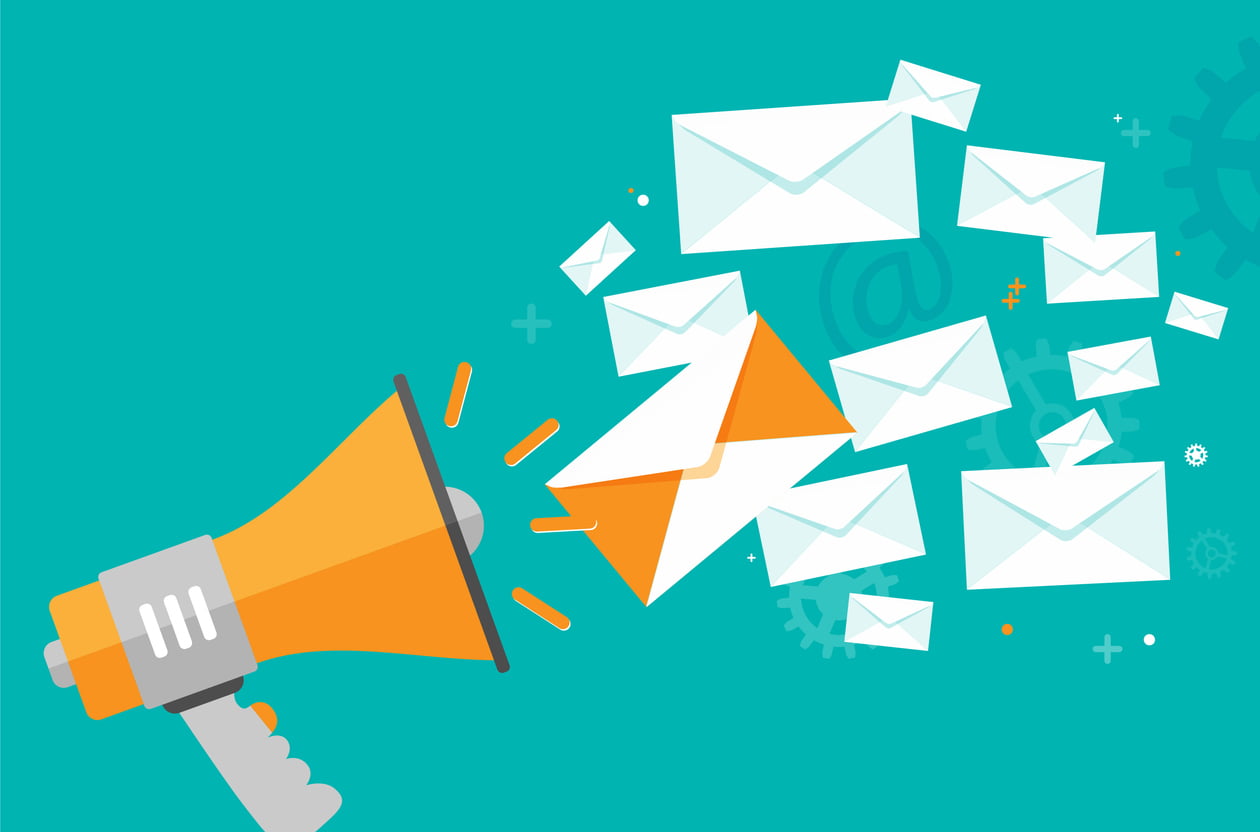
Turning Inexpensive Business Cards Into An Eye Catching Business Card
Mark Hale ‐ January 28, 2014
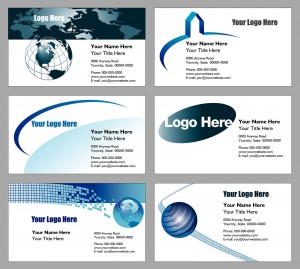 There are several things you can do to take an inexpensive business card and turn it into a classy statement of your businesses prestige and image. Thermography, or raised printing, is one of the tools Wilson Printing can use to add pizzazz to your inexpensive business cards. Thermography is an exciting specialty printing process. What is Thermography?
There are several things you can do to take an inexpensive business card and turn it into a classy statement of your businesses prestige and image. Thermography, or raised printing, is one of the tools Wilson Printing can use to add pizzazz to your inexpensive business cards. Thermography is an exciting specialty printing process. What is Thermography?
ther·mog·ra·ph.y – noun 1. a technique for imitating an embossed appearance, as on business cards, stationery, or the like, by dusting printed areas with a powder that adheres only to the wet ink, and fusing the ink and powder to the paper by heating it.
Raised print business cards are the most common use of Thermography. Here are some tips from the experts that will help you make the most of thermography for your company.
Thermography is perfect for making a part of a design stand out. Line art or detailed drawing that looks like etching works especially well with thermography. Any color can be thermographed. Both pastels and bright and bold colors look especially striking when thermographed.
Areas of large, flat design are not ideal for thermography, especially when there are finer elements on the same page that are to be thermographed. Large areas require more heat, which may cause the precise area to smudge. Consider outlining the edges of a flat design with thermography for a unique look.
Thermography doesn’t do well across the fold. If you are designing a folded piece, be sure the thermography doesn’t fall on the fold line or it may crack. Similarly, thermography should not be used on bleed edges as it may crack when cut.
It is most effective to design your piece using thermography on one side of the paper only. Thermography applied to the second side of the paper will require a second pass under the heat and may compromise the first side.
Always request blister inks so that the color will not change during heating. All types of paper stock can be used for thermography but, for the best results, use an uncoated paper with a smooth, hard-finished surface.
As always, we are here to help you decide the best way to use thermography for any of your projects. Call us, we can help you with you next printing project 727-536-4173.
Mark Hale
CEO
High Quality
Printing And Design
Our Services
- Postcard Printing
- Business Brochures
- Booklet Printing
- Flyers
- Signs and Banners
- Customer Thank You Cards
- Websites
- Custom Pocket Folders
Join 1,000s of
happy customers


